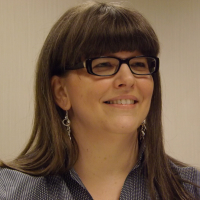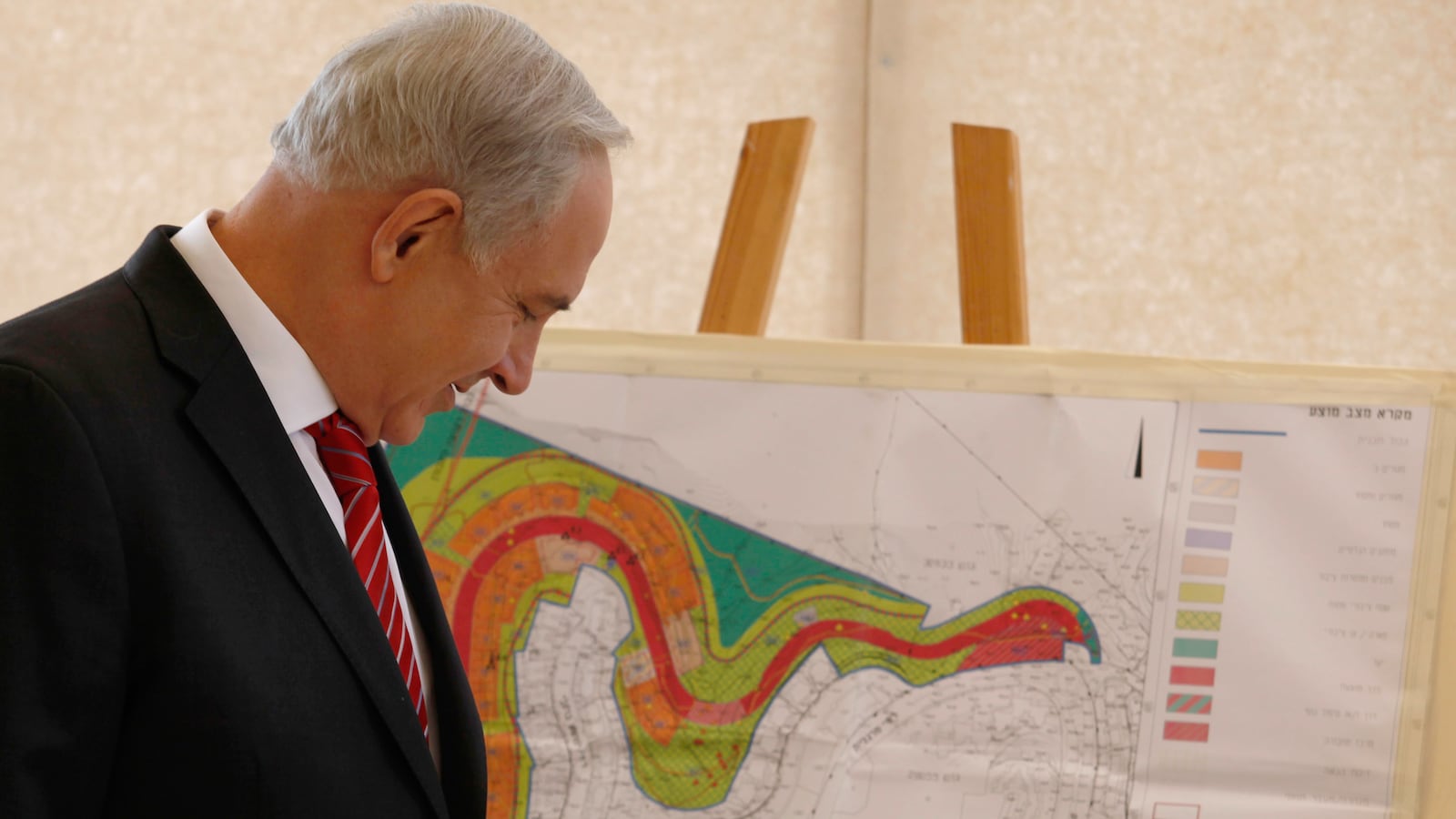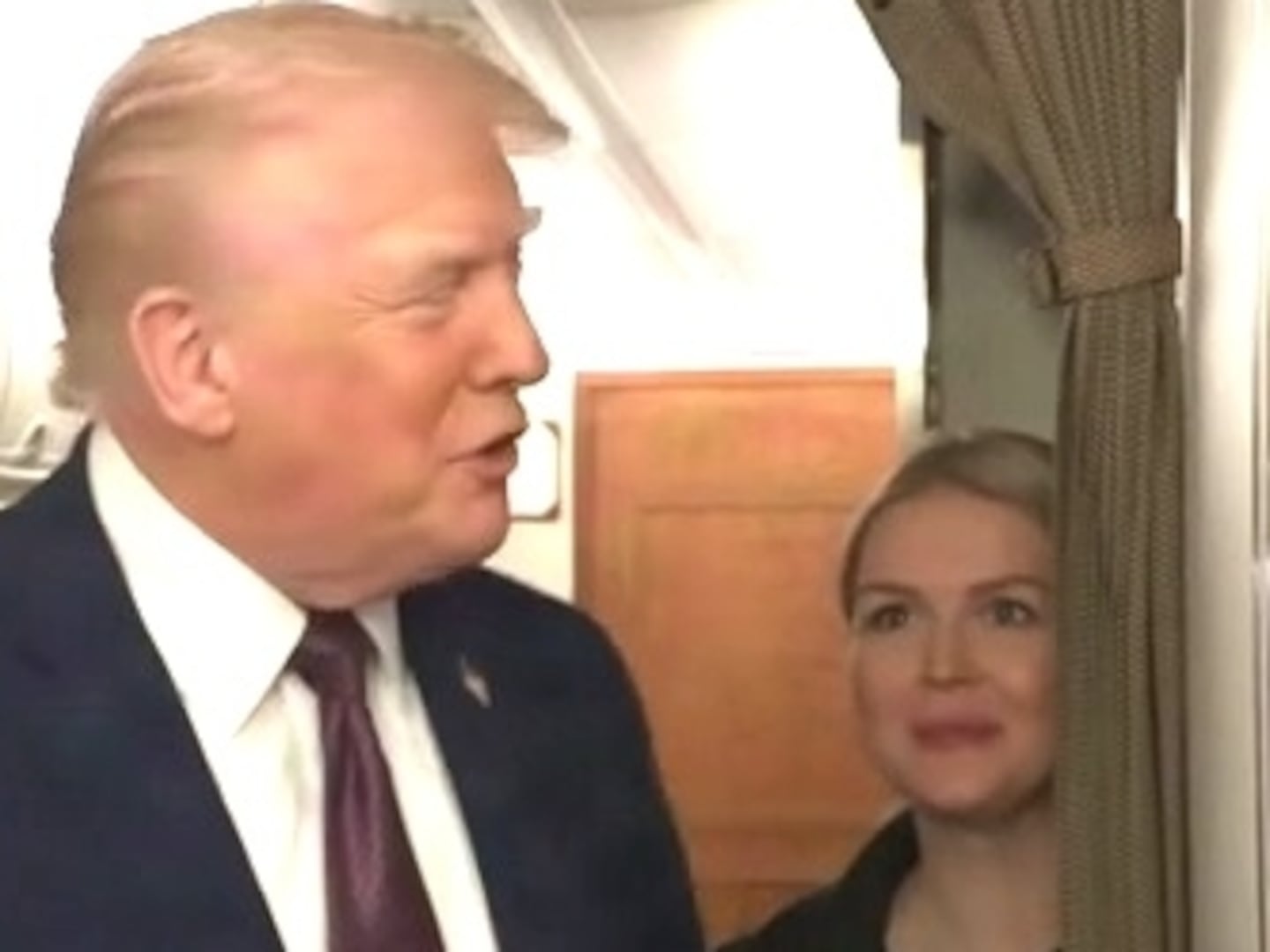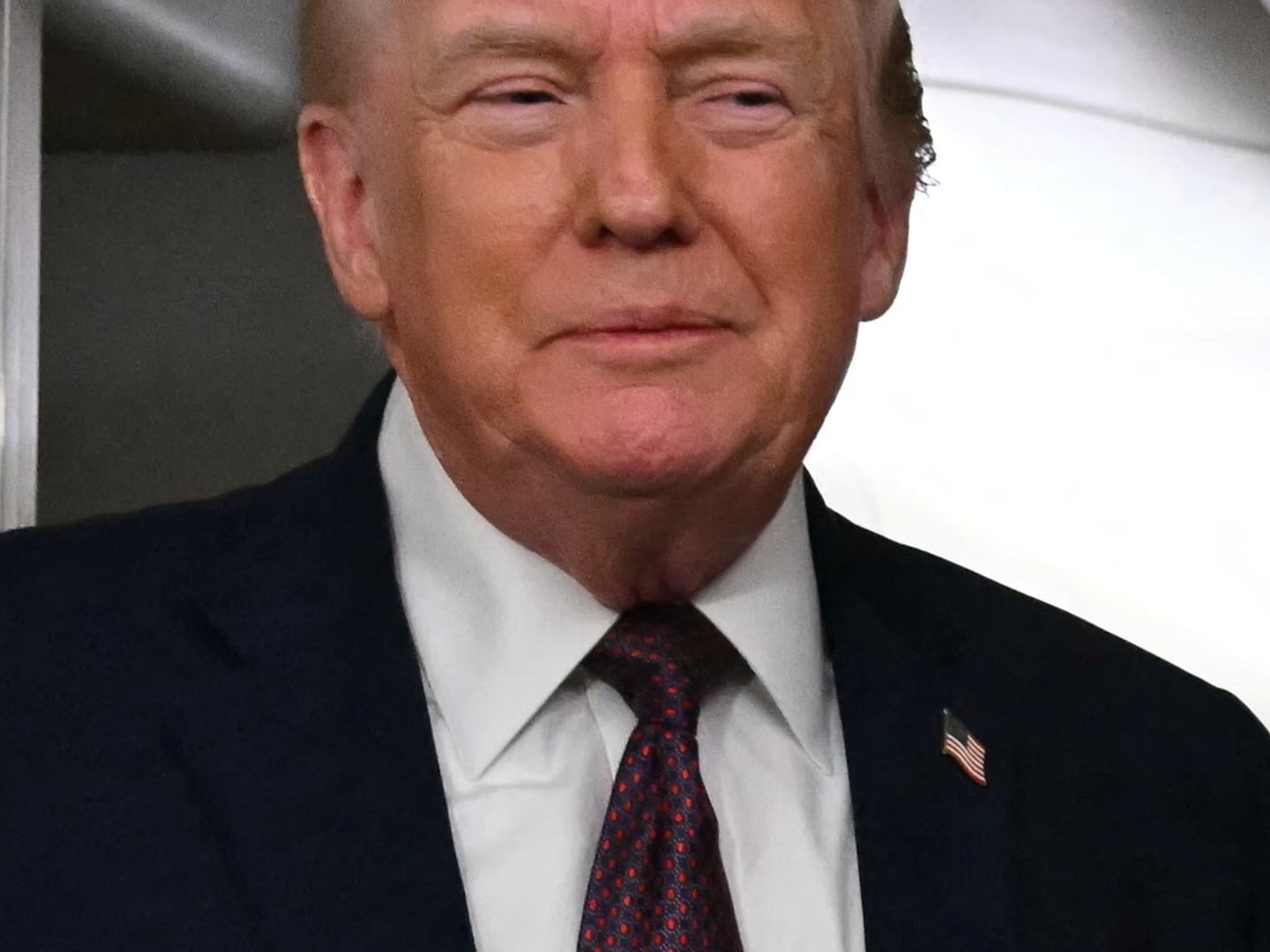Up and coming Israeli politician Yair Lapid has said time and again that he will never agree to “dividing Jerusalem” in any possible two-state peace with the Palestinian people; as I have detailed a time or two in these pages, this strikes me as delusional.
But when Lapid or any other Israeli politician (or, for instance, American Jewish leaders like AIPAC executive director Howard Kohr) talk about Jerusalem (as Kohr very likely will at the upcoming AIPAC conference)—what are they talking about, exactly?

It seems a simple enough question, especially to Jews who are active in the Jewish community and/or support Israel. Jerusalem is our holy city, the place to which we prayed to return three times a day for centuries, the only reasonable center for our national and spiritual aspirations. More than a collection of ancient streets and modern buildings, Jerusalem is central to our existence as a people.I’d venture that this is, in fact, what most Jews think when they hear the word “Jerusalem”—but the simple, and infrequently-stated, truth is that this vision is only part of the story. A fairly small part of the story, at that.
The Holy City of Jerusalem is a very small place. It is, roughly speaking, coterminous with what is today called the Old City, and the holy part is even smaller than that: It’s the Temple Mount, upon which our Temple once stood. When we pray at the Western Wall, or face that direction from our synagogues and homes in Chicago, Johannesburg, or Sydney, we are spiritually attaching ourselves to the edge and memory of that Temple, to the holiness invested in it by our Scriptures and centuries upon centuries of our own prayers and longing.
Of course, Jews have lived outside the Old City walls for a long time (at least since Moses Montefiore built his famous windmill in 1857 to coax them out of its then-fetid quarters), and by the time the modern state of Israel was established, there was a thriving “New City” of Jewish neighborhoods, roughly to the west of the Old City’s walls, an area that in 1948 covered about 15 square miles.
During all those same centuries and more recent decades, there was also a thriving Palestinian Arab presence in the Old City, as well as in outlying areas. These neighborhoods and satellite villages were roughly to the east and north of the Old City. In the post-Mandate/1948 period, they and the Old City were under Jordanian control (and covered about 2.5 square miles); in today’s parlance, we refer to all of it, somewhat inaccurately, as “East Jerusalem.”
Today, the geographic location that is known as “Jerusalem” encompasses all of that—the Old City, the New City, East Jerusalem—and a whole lot more. Within days of the Israeli military triumphantly entering the Old City in June 1967, the government had annexed not only it, but also East Jerusalem and parts of the West Bank (including not just satellite villages, but parts of other cities) to create a new Municipality of Jerusalem. The total area annexed came to some 27 square miles.
As Israeli human rights group B’Tselem reports:
These annexed territories included not only the part of Jerusalem that had been under Jordanian rule, but also an additional 64 square kilometers, most of which had belonged to 28 villages in the West Bank, and part of which belonged to the municipalities of Bethlehem and Beit Jala. Following their annexation, the area of West Jerusalem tripled, and Jerusalem became the largest city in Israel.
The annexation of land wasn’t just a formality: In the 1970s and 1980s, Israel expropriated much of the privately owned Palestinian land in the Jerusalem area for the sake of settlement neighborhoods such as Ramot, Gilo, and East Talpiyot, building Ramat Shlomo and Homat Shmuel (also known as Har Homa) in the 1990s, all of them beyond the Green Line in the West Bank but within what is now considered municipal Jerusalem. By 2008, the area governed by the Jerusalem Municipality came to a total of 48.3 square miles, nearly three times the area of all of Jerusalem—West, East, Old, and New—at the time of the Six Day War, and more than a hundred times larger than the city was a century ago.
I am a woman of faith. I pray regularly, and when I do, I orient myself toward my Holy City. My faith, my Scriptures, the history and future of the Jewish people—I hold all of these in my heart when I come before my God, and when I teach my children the same.
I have no question that we belong in Jerusalem. I have no question that the areas that were Jewish before June 1967 are rightfully Israeli, nor do I have any question that whatever the future may bring for Israel and Palestine, the sovereignty over Jerusalem’s Old City and the Temple Mount must be shared equally by the Jewish State. That singular place is, truly, the heart of our faith and our people.
But the modern-day “Jerusalem,” the one to which Lapid and people like him refer, bears only a passing resemblance to the Holy City to which the Jewish people has long turned, and I would argue that the political machinations employed to systematically drive Palestinians from Jerusalem (holy and central to them, as well, after all) and deprive them of civil and often human rights while still within its borders render the entire city (however measured) significantly less holy.
When people say they’re not willing “to divide” Jerusalem, that’s the Jerusalem they’re talking about: A bloated behemoth grown through municipal and national fiat, and maintained through laws and policies that are flatly discriminatory and often shade into xenophobia and racism.
As it happens, the world’s Jews will be reading Parashat Ki Tissa this Shabbat, the Torah portion in which we learn of the folly of the Golden Calf. We will be reminded of the cost of raising something built with human hands above that which our faith demands, the cost of replacing real holiness with our own, poor vision. We will be reminded of the price of idolatry.
When politicians and institutional leaders say that the Jerusalem of 2013 is a sacred, inviolable place, they are practicing a kind of idolatry—an idolatry that denies the legitimate rights of another people, and threatens the very possibility of ever achieving an end to war.
There is absolutely nothing holy about that.




